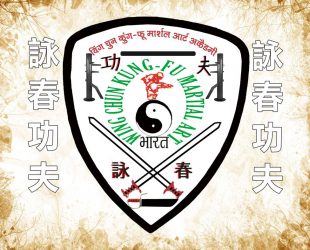Wing Chun, an ancient Chinese martial art, is renowned for its efficiency, practicality, and scientific principles. Developed centuries ago, by the legendary nun Ng Mui, Wing Chun has evolved into one of the most respected and effective styles in the world. Its emphasis on biomechanics, sensitivity, and economy of motion sets it apart as a highly scientific martial art.
Understanding the Science of Wing Chun: At the core of Wing Chun is a deep understanding of human anatomy and physics. Practitioners learn to exploit the body’s natural mechanics and leverage their opponent’s movements to gain advantage. Every technique in Wing Chun is designed to be efficient, maximizing force while minimizing effort. By applying the principles of leverage, torque, and momentum, practitioners can generate powerful strikes with minimal exertion.
Biomechanics and Body Mechanics: One of the key principles of Wing Chun is the concept of centerline theory. This theory dictates that the shortest distance between two points is a straight line. By maintaining a strong centerline and directing attacks along this line, practitioners can strike with maximum speed and efficiency. Wing Chun also emphasizes proper body structure and alignment, allowing practitioners to generate power from the ground up. Through consistent training, practitioners develop a deep understanding of their own body mechanics, enabling them to move with precision and fluidity.
Sensitivity and Reflexes: Another hallmark of Wing Chun is its focus on sensitivity and tactile awareness. Through exercises like chi sau (sticky hands), practitioners develop a heightened sense of touch, allowing them to anticipate and react to their opponent’s movements with lightning-fast reflexes. This sensitivity not only enables practitioners to defend against attacks but also allows them to seamlessly transition between offensive and defensive techniques.
Adaptability and Practicality: Wing Chun is a highly adaptable martial art that can be tailored to suit practitioners of all ages, sizes, and physical abilities. Its techniques are practical and effective, emphasizing simplicity and directness over flashy or complex movements. Wing Chun’s emphasis on close-range combat makes it particularly well-suited for real-world self-defense situations where space may be limited. By mastering the fundamental principles of Wing Chun, practitioners gain the confidence and ability to defend themselves in any scenario.
Moral of the Article:- In a world where martial arts are often portrayed as mystical or esoteric, Wing Chun stands out as a shining example of scientific principles in action. Its emphasis on biomechanics, sensitivity, and practicality make it one of the most effective styles for self-defense and personal development. Whether you are a seasoned martial artist or a complete beginner, Wing Chun offers a path to mastery grounded in science and tradition.

